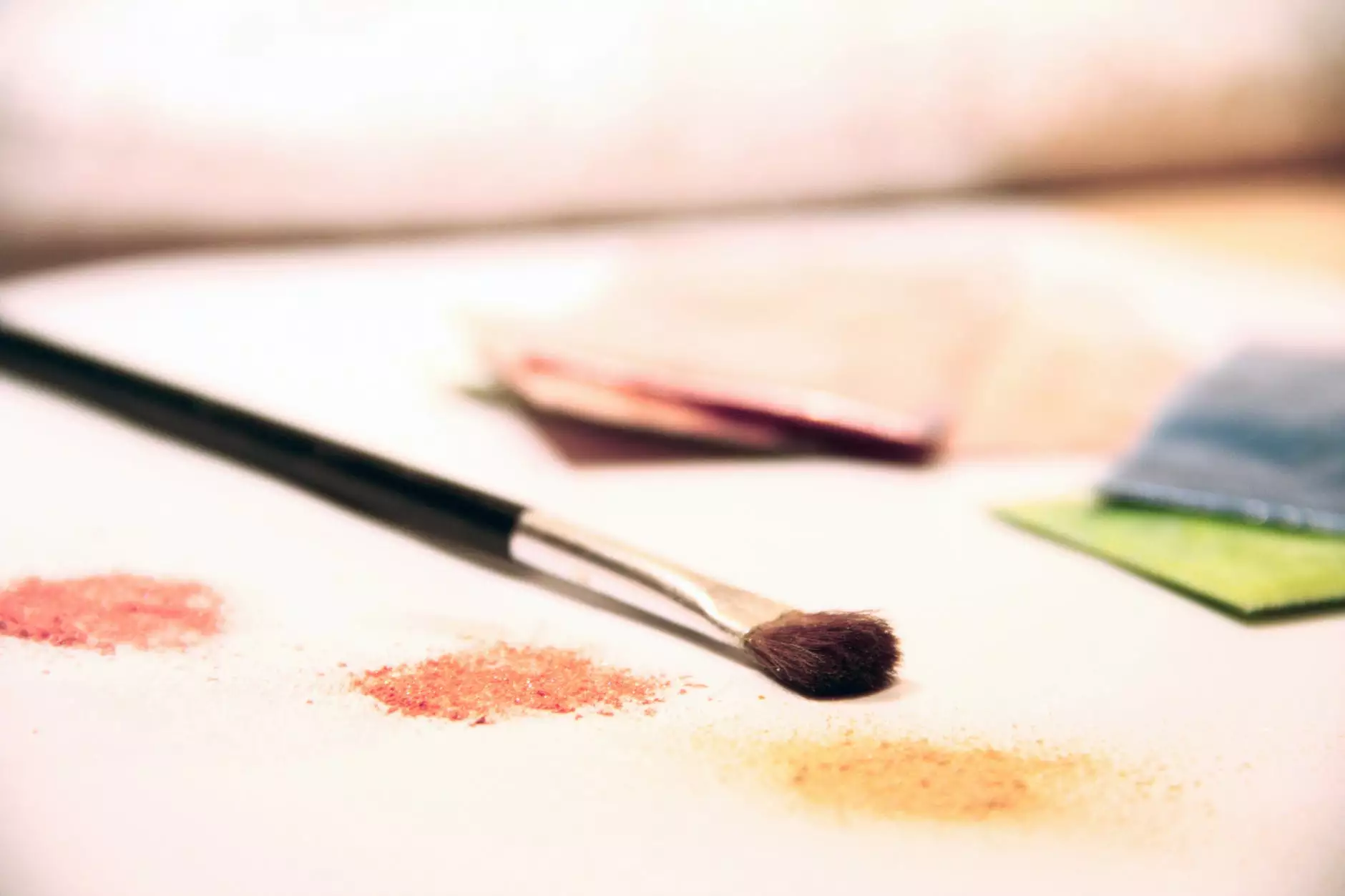Painterly 2-Minute Tips: Italian Art Terms
Blog
Introduction
Welcome to Painterly 2-Minute Tips by Sable’s Face Painting! In this comprehensive guide, we will dive into the mesmerizing world of Italian art terms, taking you on a journey through time and unraveling the beauty behind each terminology.
Art Terms and Their Significance
Italy has been home to some of the greatest artistic masterpieces throughout history. Understanding Italian art terms not only enriches our experience of visual arts and design but also allows us to appreciate the cultural and historical context in which these artworks were created.
Chiaroscuro
Chiaroscuro, derived from the Italian words "chiaro" (light) and "scuro" (dark), is a technique that utilizes strong contrasts between light and shadow. It creates a sense of volume and depth, adding a dramatic effect to the artwork. Masters like Leonardo da Vinci and Caravaggio were renowned for their skillful use of chiaroscuro.
Sfumato
Sfumato, meaning "vanished" or "smoky" in Italian, is a subtle blending of colors and tones to create soft transitions and blurred edges. This technique is famously associated with the works of Leonardo da Vinci, particularly in his masterpiece, the Mona Lisa. Sfumato gives the paintings a mysterious and ethereal quality.
Fresco
Fresco, derived from the Italian word "affresco," refers to a mural painting technique executed on wet plaster. This ancient method creates a durable artwork that becomes an integral part of the wall. Artists like Michelangelo showcased their extraordinary talent through this technique, leaving lasting impressions on architectural wonders.
Renaissance
The Renaissance, meaning "rebirth" in Italian, was a revolutionary period of cultural and artistic transformation. It marked the transition from the medieval era to the modern age, bringing forth new and innovative artistic techniques. Renowned Italian artists such as Raphael, Michelangelo, and Botticelli flourished during this remarkable era.
Impasto
Impasto, derived from the Italian word "impastare" (to knead), is a technique that involves applying thick layers of paint, often with a palette knife or brush, creating a textured and three-dimensional effect. This imparts a sense of energy and dynamism to the artwork, allowing the viewer to witness the artist's expressive brushwork.
Sgraffito
Sgraffito, meaning "to scratch" in Italian, refers to a technique where layers of paint are scratched to reveal underlying colors or textures. This method allows artists to create intricate designs and patterns, adding visual interest to their artworks. It has been widely used in ceramics, murals, and frescoes.
Conclusion
Exploring Italian art terms opens up a world of captivating techniques and historical significance. Each term mentioned here merely scratches the surface of a rich artistic heritage that continues to inspire artists and viewers alike. By immersing ourselves in the language of Italian art, we can deepen our appreciation for the masterpieces that have shaped the visual arts and design landscape.
Join us at Sable’s Face Painting as we continue to unravel the secrets and beauty behind various art forms. Explore our website for more informative articles, tips, and inspiration to enhance your artistic journey.




